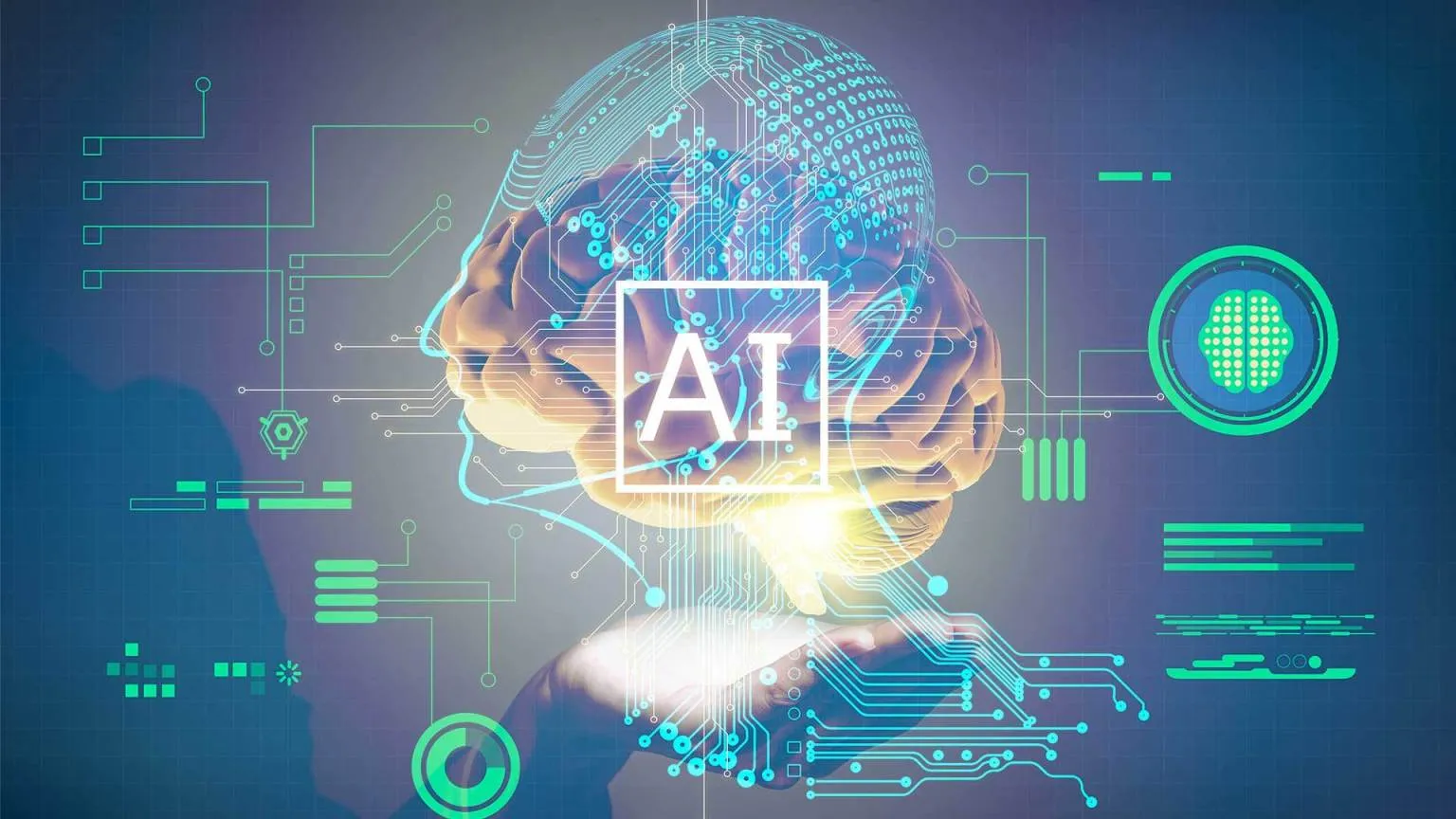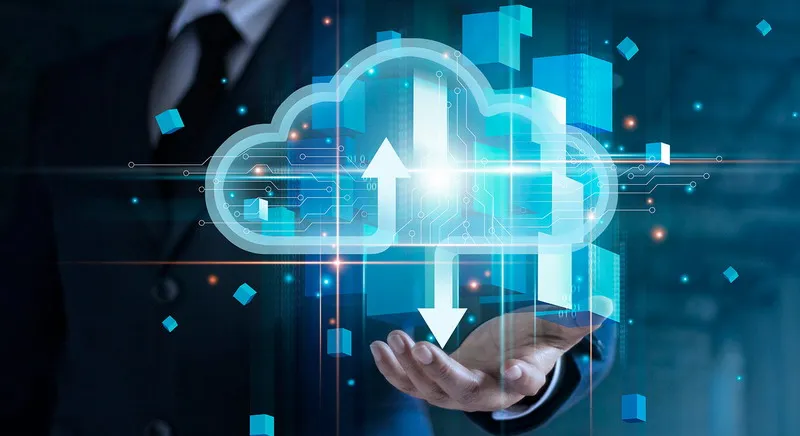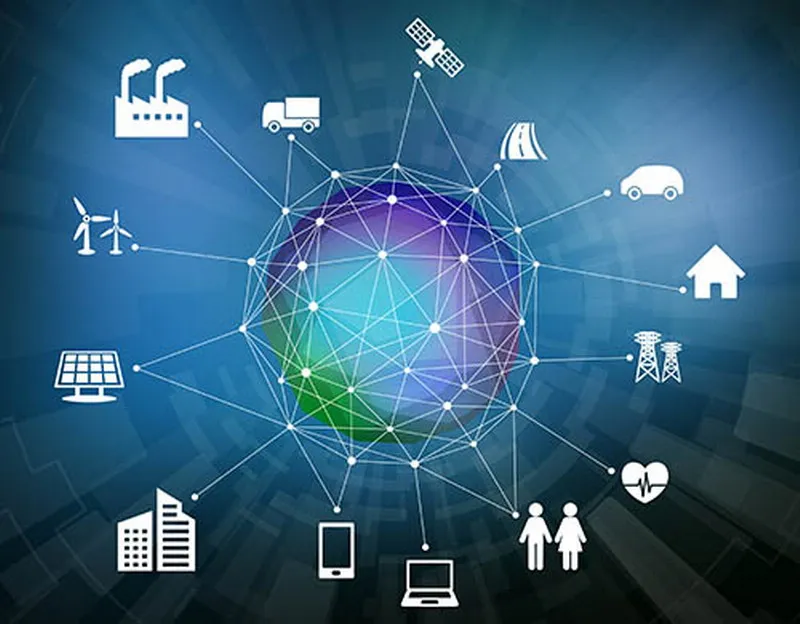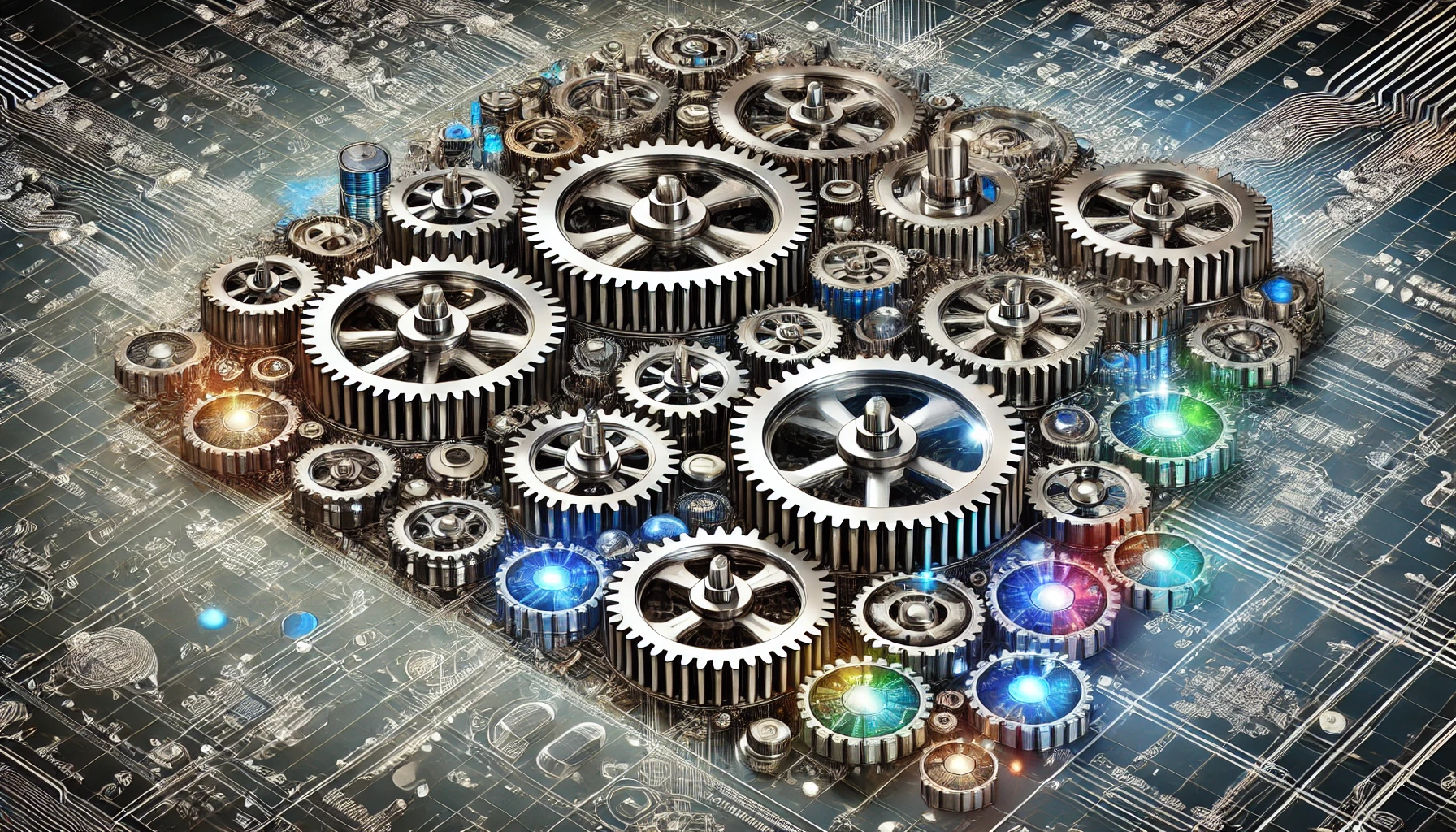Remote Monitoring and Control in Mechanical Systems
In the dynamic landscape of industrial operations, the integration of remote monitoring and control has emerged as a transformative force, reshaping the way mechanical systems are managed and optimized. This blog post delves into the evolution of remote monitoring and control in mechanical systems, exploring the solutions that drive efficiency and the role of database-driven applications in empowering remote control functionalities.
Remote Monitoring and Control of Mechanical Systems
The Shift to Digital Oversight
The advent of digital technologies has ushered in a new era for remote monitoring and control of mechanical systems. Traditionally, mechanical systems were monitored and managed through on-site inspections and manual interventions. However, the need for real-time insights, predictive maintenance, and the ability to respond swiftly to anomalies has fueled the adoption of remote monitoring solutions.
Real-Time Insights
Remote monitoring enables real-time insights into the performance of mechanical systems. Sensors embedded in equipment collect data on various parameters such as temperature, pressure, vibration, and energy consumption. This data is transmitted in real time to a central monitoring system, providing operators with a comprehensive view of the system’s health. In industries where downtime can have significant repercussions, real-time insights empower proactive decision-making.
Predictive Maintenance Capabilities
One of the key advantages of remote monitoring is its ability to facilitate predictive maintenance. By analyzing the data collected from mechanical systems, predictive algorithms can identify patterns and anomalies that may indicate potential issues. This proactive approach allows maintenance teams to address issues before they escalate, reducing unplanned downtime and extending the lifespan of equipment.
Efficient Resource Management
Remote monitoring enables efficient resource management by providing visibility into the utilization of mechanical systems. Whether it’s optimizing energy consumption, managing workflow efficiency, or ensuring equipment uptime, remote monitoring solutions empower organizations to make data-driven decisions for resource optimization.
Remote Monitoring Solutions for Mechanical Equipment
Sensor Technologies and IoT Integration
At the heart of remote monitoring solutions for mechanical equipment are advanced sensor technologies and integration with the Internet of Things (IoT). Sensors, ranging from temperature and pressure sensors to more complex vibration and acoustic sensors, collect real-time data from equipment. This data is then transmitted to a centralized platform, often leveraging IoT protocols, where it can be processed and analyzed.
Cloud-Based Remote Monitoring Platforms
Cloud-based platforms have become instrumental in facilitating remote monitoring. These platforms provide a scalable and secure environment for storing and analyzing vast amounts of data generated by mechanical systems. Cloud solutions enable remote access to monitoring dashboards, allowing operators to view real-time data from anywhere with an internet connection.
Machine Learning and Analytics
The integration of machine learning and analytics enhances the capabilities of remote monitoring solutions. Machine learning algorithms can discern patterns and trends in data, providing insights into the normal behavior of mechanical systems. When deviations from the norm are detected, alerts can be generated, prompting timely intervention. Analytics tools offer a deeper understanding of system performance and contribute to continuous improvement strategies.
Mobile Applications for On-the-Go Monitoring
Mobile applications have become indispensable for remote monitoring. Operators and maintenance personnel can access real-time data and monitoring dashboards through mobile apps, enabling them to stay informed and responsive even when they are away from the central control center. Mobile applications bring flexibility and agility to remote monitoring processes.
Database-Driven Remote Control Applications
The Role of Databases in Remote Control
Database-driven remote control applications form the backbone of the ability to remotely manage and control mechanical systems. These applications leverage robust databases to store and retrieve critical information related to equipment status, control parameters, and historical performance data. The integration of databases ensures data integrity, reliability, and the ability to execute remote control commands seamlessly.
Centralized Control and Command Centers
Database-driven remote control applications often operate from centralized control and command centers. These centers serve as hubs where operators can access a comprehensive view of all connected mechanical systems. Databases store configuration settings, control algorithms, and historical data, enabling operators to make informed decisions and execute commands remotely.
Real-Time Command Execution
The real-time nature of remote control applications relies on databases to execute commands swiftly. Whether it’s adjusting setpoints, initiating shutdown procedures, or implementing emergency protocols, databases store the necessary information and enable the rapid execution of commands. This capability is particularly crucial in scenarios where immediate responses are required to ensure safety and operational efficiency.
Security and Access Control
Database-driven remote control applications prioritize security and access control. Databases store authentication credentials, access permissions, and encryption keys to ensure that only authorized personnel can access and control mechanical systems remotely. Robust security measures are integral to protecting critical infrastructure from unauthorized interference.
IoT-Enabled Remote Monitoring in Mechanical Systems
The Rise of Connected Devices
The Internet of Things (IoT) has revolutionized the way mechanical systems are monitored, introducing a paradigm shift from traditional methods to interconnected, data-driven solutions. IoT-enabled remote monitoring involves embedding sensors and actuators in mechanical devices, creating a network of connected devices that communicate and share data in real time.
Real-Time Data Insights
At the core of IoT-enabled remote monitoring is the ability to gather real-time data insights from mechanical systems. Sensors embedded in equipment collect a myriad of data, including temperature, pressure, humidity, and operational parameters. This data is then transmitted to a central platform through IoT protocols, offering operators and engineers an immediate and comprehensive view of the system’s performance.
Predictive Analytics for Proactive Maintenance
Harnessing the power of IoT, predictive analytics algorithms analyze the continuous stream of data from mechanical systems. By identifying patterns and anomalies, these algorithms enable predictive maintenance strategies. Maintenance teams can anticipate potential issues, schedule timely interventions, and optimize the lifespan of equipment. The result is a proactive approach to maintenance that minimizes downtime and maximizes operational efficiency.
Enhanced Remote Visibility and Control
IoT-enabled remote monitoring extends beyond data collection; it provides enhanced visibility and control over mechanical systems. Operators can remotely monitor equipment status, receive real-time alerts for abnormal conditions, and even initiate control commands from a centralized dashboard. This level of remote visibility and control is particularly valuable in scenarios where immediate responses are required to ensure operational continuity.
Cloud-Based Remote Monitoring for Mechanical Devices
Scalable and Centralized Solutions
Cloud-based remote monitoring has become instrumental in managing the vast amount of data generated by IoT-enabled devices in mechanical systems. Cloud platforms offer scalable and centralized solutions for storing, processing, and analyzing data. This scalability ensures that organizations can seamlessly expand their infrastructure to accommodate growing datasets without the need for significant hardware investments.
Anywhere, Anytime Accessibility
One of the key advantages of cloud-based remote monitoring is the accessibility it provides from anywhere at any time. Operators, maintenance personnel, and decision-makers can access the monitoring platform through web-based interfaces or dedicated applications. This flexibility ensures that critical insights are at the fingertips of those who need them, irrespective of their physical location.
Data Analytics and Insights
Cloud platforms bring advanced data analytics capabilities to remote monitoring in mechanical systems. Organizations can leverage machine learning algorithms, conduct in-depth analysis of historical data, and derive actionable insights. Whether it’s optimizing equipment performance, identifying trends, or enhancing overall efficiency, cloud-based analytics contribute to informed decision-making.
Collaborative Data Sharing
Cloud-based solutions facilitate collaborative data sharing among different stakeholders. In complex industrial settings, where multiple teams may be involved in monitoring and decision-making, cloud platforms enable seamless sharing of real-time data and insights. This collaborative approach fosters cross-functional communication and ensures that all relevant parties are working with the same information.
Security Considerations in Remote Control of Mechanical Systems
Authentication and Authorization Protocols
Security considerations take center stage when it comes to remote control of mechanical systems. Authentication and authorization protocols are implemented to ensure that only authorized personnel can access and control the systems. Robust user authentication mechanisms, including multi-factor authentication, safeguard against unauthorized access.
End-to-End Encryption
End-to-end encryption is paramount to secure the communication channels between remote control interfaces and mechanical systems. This encryption ensures that data transmitted between the control center and the devices is unintelligible to unauthorized parties. In the realm of sensitive industrial operations, where the consequences of unauthorized access can be severe, end-to-end encryption is a non-negotiable security measure.
Regular Security Audits and Updates
Regular security audits and updates are essential to stay ahead of potential vulnerabilities. In the fast-evolving landscape of cybersecurity, staying vigilant is crucial. Organizations must conduct regular audits of their remote control systems, identify and address vulnerabilities promptly, and ensure that all software and firmware are up-to-date with the latest security patches.
Secure Access Control Policies
Implementing secure access control policies involves defining and enforcing granular permissions for different users or roles. This ensures that personnel only have access to the specific functionalities required for their roles. By restricting access to critical control commands based on job responsibilities, organizations minimize the risk of unintended or malicious actions.
The trifecta of IoT-enabled remote monitoring, cloud-based solutions, and robust security considerations marks a paradigm shift in the management of mechanical systems. This convergence not only enhances operational efficiency, predictive maintenance, and real-time visibility but also addresses the paramount importance of security in remote control functionalities. As industries continue to embrace the transformative power of connected technologies, the synergy of IoT, the cloud, and stringent security measures promises a future where remote monitoring and control in mechanical systems are synonymous with innovation, resilience, and heightened operational excellence.
Conclusion
The landscape of remote monitoring and control in mechanical systems is evolving rapidly, driven by advancements in digital technologies and the need for efficient, data-driven operations. Remote monitoring solutions empower organizations with real-time insights, predictive capabilities, and efficient resource management. Database-driven remote control applications form the technological backbone, ensuring secure, seamless, and real-time execution of commands from centralized control centers. As industries continue to embrace the era of digital oversight, the synergy between remote monitoring and control is poised to redefine the efficiency and reliability of mechanical systems across various sectors.








